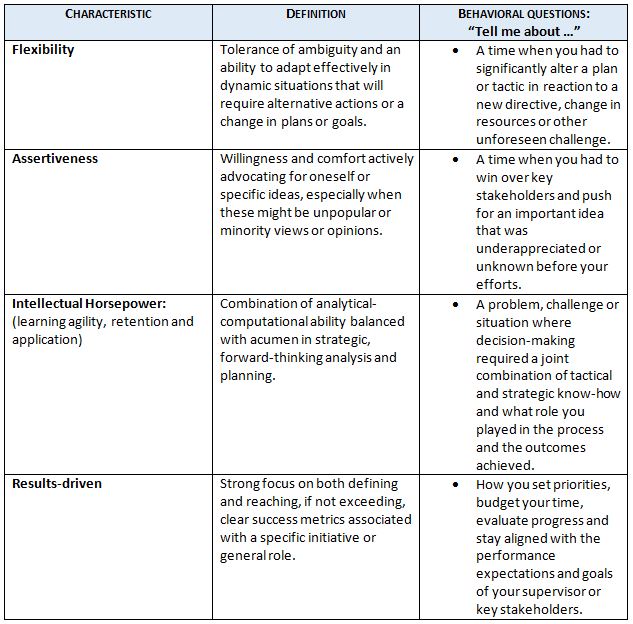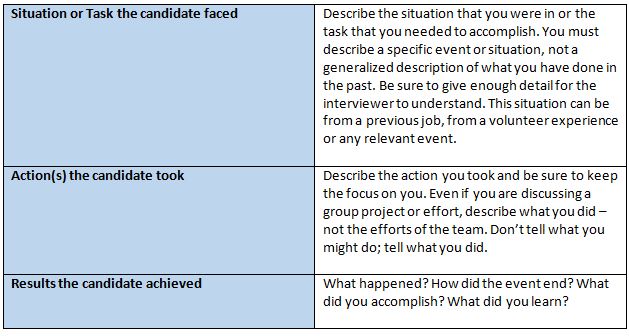By Andrew Hazelton
Whether through social media, internal referral systems or recruiters, companies searching for top talent consistently ask me and other AETHOS partners for advice and guidance on interviewing people to determine whether they will likely thrive in a meritocracy. That’s the name of the game in today’s hospitality industry – though not everyone is equally equipped to excel in such an environment.
Wikipedia defines a meritocracy (https://en.wikipedia.org/wiki/Meritocracy) as “a political philosophy that power should be vested in individuals based on ability and talent. Advancement in such a system is based on performance measured through examination or demonstrated achievement.” Of course, in the business world, we know this philosophy as “pay for performance” models of status and compensation.
There are four traits on which our clients consistently focus when they describe the characteristics they want in their team members up and down the org chart. They all pretty much agree, therefore, on what it takes to succeed in meritocracies that are also firmly grounded within service-driven cultures. Perhaps not surprisingly, these traits corroborate what AETHOS has found in its 20|20 Skills™ psychometric research on high performers. In particular, four elements that help to define Execution, People and Cognitive skills seem to be virtually non-negotiable. As shown in Table 1 below, it’s easy to remember these since they form the acronym FAIR. Indeed, that’s quite apropos when you consider the goal is to compare candidates in a uniform and thorough manner.
Table 1: FAIR Interview Questions
It is important to remember that these are not necessarily the only traits or characteristics you might want to consider – technical competencies and interpersonal styles can differ in nuanced or marked ways given a specific company culture, and a behavioral interview should reflect the needs of the organization and the particular function. Of course, certain standardized assessments can also provide a valuable, objective supplement to behavioral interviews and therefore give even more balanced, comprehensive profiles on individuals. But, do your homework to ensure the assessment you choose is psychometrically sound as it pertains to the four critical characteristics outlined above.
Finally, a note about behavioral interviewing itself. This crucial activity unfortunately tends to be an activity few people are properly trained to conduct, or even take the time to learn. It does not need to be daunting, however, to learn more for yourself or team. We recommend Googling “STAR interview method” or searching for this phrase in YouTube.
This is the method that career counselors teach job seekers to use in their interviews, and it happens to be a great model for interviewers too. STAR is another acronym meaning Situation, Task, Action and Results (see Table 2). Basically, the idea is to ask individuals a series of questions that address how they accomplished different types of goals or overcame specific problems that are all relevant to the role in question.
The STAR model provides necessary structure to interviews and ensures that the conversation is relevant, professional and targeted to competency-based themes. You will learn more about an interviewee’s skill set and knowledge areas than simply asking about general attitudes and what they “would do in a specific situation” or the old-fashioned standby of requesting someone to “tell me about yourself.” Hiring is the most important thing any company does… it is time to approach it thoughtfully and strategically, especially if you are hiring for a meritocracy.
Table 2: STAR Behavioral Interview Model



